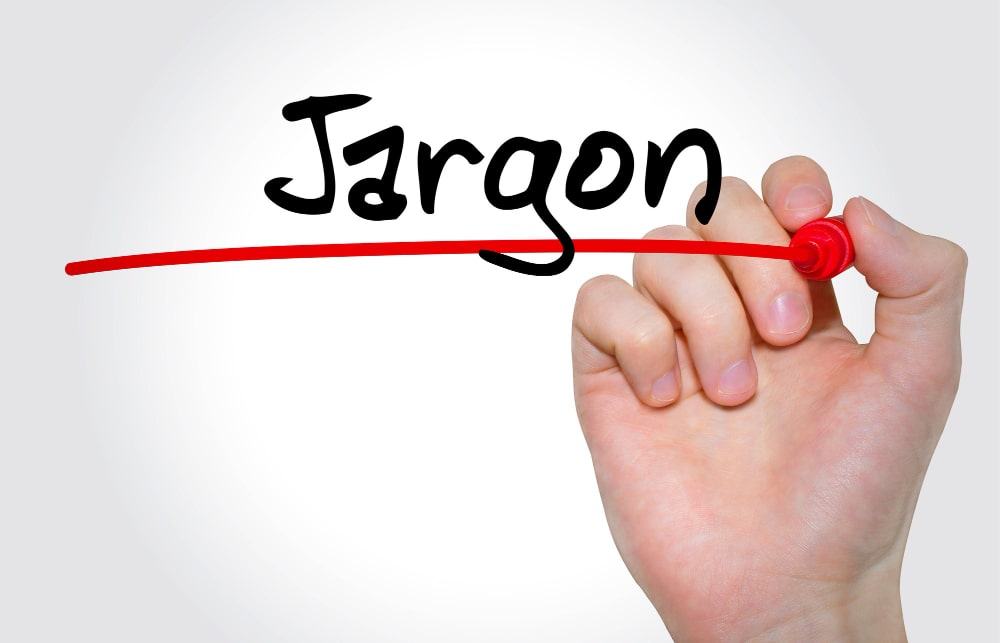What Is Brand Voice (and How to Find Yours)?

You're running a service business. Between managing appointments, dealing with suppliers, and keeping customers happy, the last thing you want is another marketing buzzword to decode. But here's the thing – your brand voice isn't just marketing fluff. It's the difference between being forgettable and being the business everyone talks about.
Think about it. When someone mentions your business, what comes to mind? Are you the friendly neighborhood auto shop that cracks jokes while changing oil? The salon that makes clients feel like royalty? Or are you... well, just another service provider in a sea of options?
Your brand voice is what makes you memorable. It's how you speak to customers, what personality shines through your Facebook posts, and the vibe people get when they walk through your door. And the best part? You don't need a marketing degree to nail it.
What Actually Is Brand Voice?
Let's cut through the corporate speak. Brand voice is simply how your business talks to people. It's your business personality in action – the consistent character that shows up whether you're answering the phone, posting on social media, or chatting with customers.
Picture your favorite local restaurant. Maybe they're known for their sassy social media posts and servers who treat you like family. That's their brand voice working. It's not what they say – it's how they say it.
Here's what makes brand voice so powerful for service businesses: it makes your brand feel human, relatable, and approachable. When customers connect with your personality, they're not just buying your service – they're buying into you.
Brand Voice vs. Brand Tone: The Quick Breakdown
Before we dive deeper, let's clear up some confusion. Brand voice is "what you say" – your consistent personality. Brand tone is "how you say it" – the emotional mood you use.
Think of it like this: Your voice stays the same whether you're talking to your best friend or your boss. But your tone changes. Same deal with your business.
Your voice might be "friendly and knowledgeable." But your tone could be sympathetic when handling a complaint or excited when announcing a new service. Your voice remains constant, but your tone adapts to the situation.
Why Your Service Business Needs a Distinct Voice (Like, Yesterday)
It Builds Trust Without the Sales Pitch
Here's a stat that'll make you pay attention: 86% of consumers say authenticity influences their purchasing decisions. And get this – 77% are willing to spend more on authentic brands.
In the service industry, trust is everything. People are letting you into their homes, fixing their cars, or handling their most important events. A consistent, authentic voice builds that trust faster than any discount ever could.
It Makes You Unforgettable in a Crowded Market
Every town has multiple plumbers, accountants, and hair stylists. But how many have a personality that sticks? A distinct brand voice helps you stand apart from competitors by creating memorable experiences.
Take Old Spice. They could've stayed boring like every other deodorant brand. Instead, their "unusual yet humorous approach" made them instantly recognizable. Same product, different voice, completely different results.
It Drives Real Business Results
This isn't just feel-good stuff. Brands with consistent voice see up to 23% increase in revenue. Why? Because consistent brand representation quadruples visibility.
For service businesses, this means more referrals, better reviews, and customers who choose you over the competition – even when you're not the cheapest option.
Your 4-Step Roadmap to Finding Your Voice

Step 1: Know Who You Are (No, Really)
Before you can tell the world who you are, you need to figure it out yourself. Your brand voice should emerge from what your company genuinely stands for.
Ask yourself:
- What values drive your business?
- What's your unique approach to service?
- Why did you start this business?
- What makes you different from the competition?
Don't overthink it. If you're a family-owned HVAC company that's been serving the community for 20 years, your values might be reliability, local knowledge, and treating customers like family. That's your foundation.
Step 2: Know Your Customers (Not Just Their Demographics)
Here's where most businesses mess up. They think knowing their customers means knowing they're "35-55, suburban homeowners." That's not enough.
You need to understand how your audience actually talks and what they care about. Are they busy parents who need quick solutions? Retirees who appreciate detailed explanations? Young professionals who want straight talk?
Pro tip: Listen to how your customers describe their problems and use their actual words. If they say their AC is "acting up," don't respond with "experiencing operational inefficiencies."
Step 3: Define Your Personality (The "We Are, But Not" Exercise)
This is where the magic happens. The "We Are X, But Not Y" approach helps you strike the right balance.
Here's how it works:
This exercise prevents you from going too far in any direction. You want to be friendly, but not unprofessional. Confident, but not arrogant.
Step 4: Create Your Voice Guidelines (Keep It Simple)
A written style guide ensures consistency across all communications. But don't make it a novel. Keep it practical.
Your guide should cover:
- Personality traits: 3-5 key adjectives
- Language choices: Words you use vs. words you avoid
- Tone variations: How you adapt for different situations
- Real examples: Sample social posts, email responses, phone scripts
Here's a simple template:
Our Voice: Friendly, knowledgeable, and reliableWe Say: "Let's fix that for you"We Don't Say: "We'll optimize your operational efficiency"Tone Shifts:
- Complaints: Empathetic and solution-focused
- Social media: Casual and helpful
- Estimates: Professional but approachable
Brands That Nail Their Voice (And What You Can Learn)
Let's look at some examples that translate to service businesses:
Wendy's: Known for witty, irreverent social media that resonates with younger audiences. Lesson: Don't be afraid to show personality, even in professional settings.
Mailchimp: Humorous, direct, and concise while staying approachable. Lesson: You can be professional without being boring.
Dove: Uplifting and empowering, building emotional connections. Lesson: Make customers feel good about themselves, not just your service.
Making It Work Across All Your Touchpoints
Your Website and Social Media
Consistency across all platforms is crucial. Your Facebook posts should sound like the same business that answers your phone.
But here's the key: different packaging, same core message. Your voice stays consistent, but you adapt to each platform's style.
Training Your Team
Everyone who speaks for your business needs to understand your voice. This isn't about reading from a script – it's about understanding your business personality.
Quick training tip: Focus on shorter, scenario-based sessions instead of long workshops. Role-play common customer situations and practice responding in your brand voice.
Customer Service Interactions
This is where your voice really matters. When someone calls with a problem, how do you respond? Your voice should be consistent whether they're praising you or complaining.
Common Mistakes That Kill Your Voice
Trying to Please Everyone
Don't try to appeal to everyone. If your voice feels generic, it's forgettable. Better to be loved by your target customers than liked by everyone.
Using Industry Jargon

Avoid corporate speak and technical terms your customers don't understand. Speak like a human, not a manual.
Ignoring Feedback
Your voice should evolve based on customer feedback. If customers consistently misunderstand your tone, it's time to adjust.
Inconsistency Across Platforms
The biggest killer of brand voice is inconsistency. Your social media can't sound like one business while your phone calls sound like another.
Keeping Your Voice Fresh (Without Losing Your Identity)
Here's the balance: stay true to your core while adapting to changes. Your fundamental personality doesn't change, but how you express it might evolve.
Check in every six months:
- Are customers responding well to your voice?
- Has your audience changed?
- Are there new platforms or communication styles to consider?
- Does your voice still feel authentic to your business?
Your Voice, Your Competitive Edge
Your brand voice isn't just another marketing task to check off. It's your secret weapon in a crowded marketplace. It's what builds trust, drives engagement, and creates lasting customer relationships.
The best part? You don't need a big budget or fancy tools. You just need to be intentional about how you communicate. Start with understanding who you are and who you serve. Define your personality. Stay consistent. And always, always be authentic.
Your customers are waiting to connect with the real you – not another generic service provider. Give them something to remember, something to talk about, and something to choose over the competition.
Because at the end of the day, people don't just buy services. They buy from people they trust, like, and remember. Your voice is how you become that business in your community.
Time to find your voice and let it shine.
